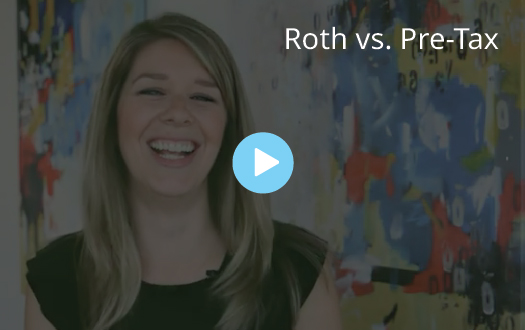Beneficiaries: Have a Plan for Your Assets


Designating and maintaining a beneficiary for retirement plan assets is one simple task that people tend to forget. Ensuring your beneficiary is up to date can help keep your loved ones out of legal entanglements.
Who can be your beneficiary? For employer-sponsored retirement plans, there are a few key rules your designation should follow:
- Generally, if you are legally married, your spouse would need to be your primary beneficiary. If this is not your preference, your spouse would need to sign a spousal consent form and it would need to be notarized.
- Children who are minors cannot directly inherit the assets. Instead, you would need to work with an attorney on naming a guardian or implementing a trust for the child(ren).
Primary vs. Contingent: Ideally, you should name a primary beneficiary and at least one contingent beneficiary. Your contingent beneficiary would be used in the event your primary beneficiary is unable to receive your plan assets. However, once a primary beneficiary receives the assets, any contingent beneficiary loses all claiming ability. Therefore, if your intent is to leave the money to multiple people, it might be better to allocate percentages of the assets to multiple primary beneficiaries. For example, if you are unmarried and have two adult children you are leaving money to, they could both be named as a primary beneficiary at 50% each.
The Role of a Will: Generally, the retirement plan beneficiary designation would outweigh a blanket statement in a will regarding the division of assets. It’s important to have a will, but any conflicting statements between the will and the beneficiary designation of the retirement plan can cause issues for loved ones and potential litigation. It’s best to carefully consider both the will and the retirement plan beneficiary with regards to planning.
For more on this topic, check out our video.



